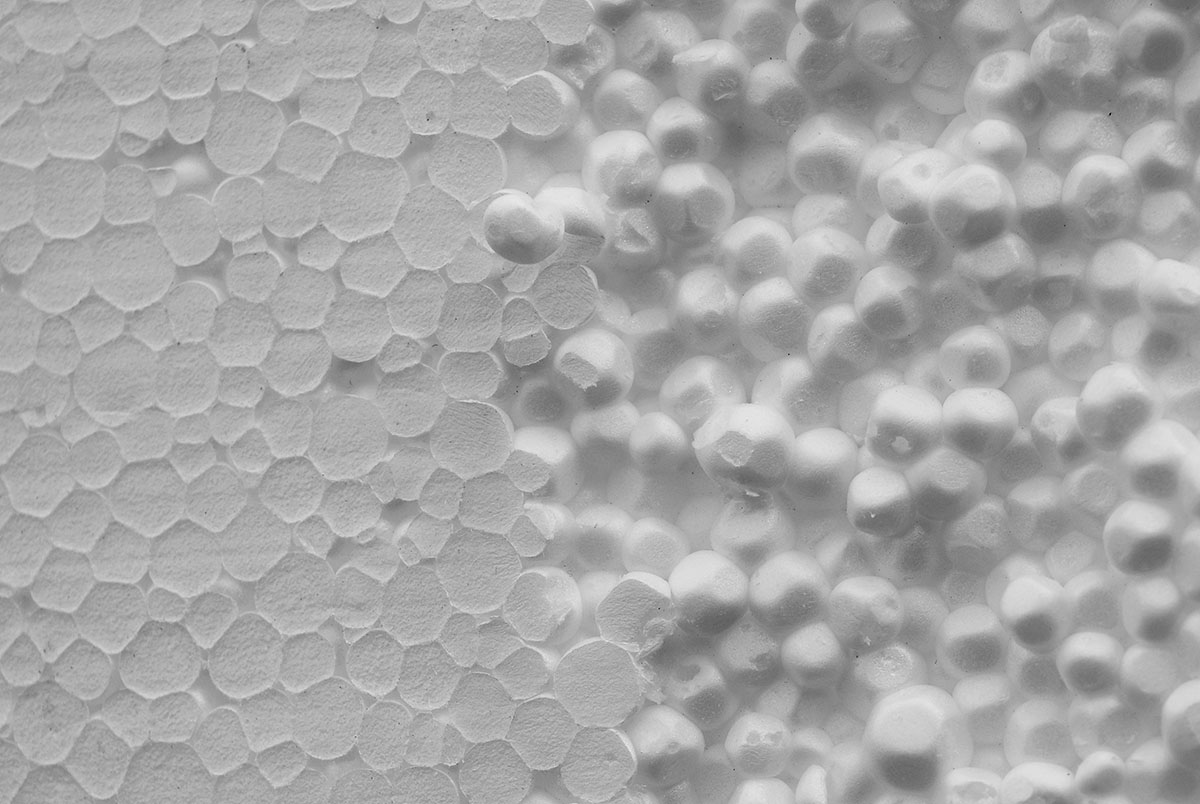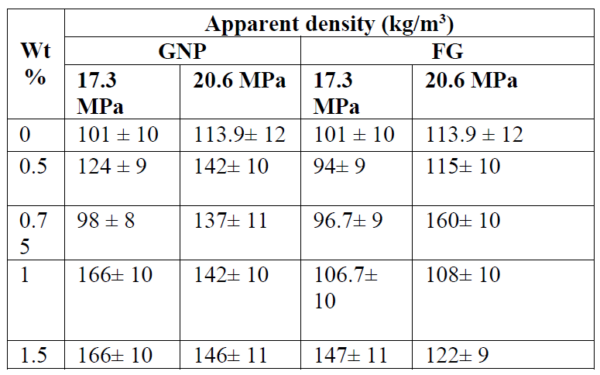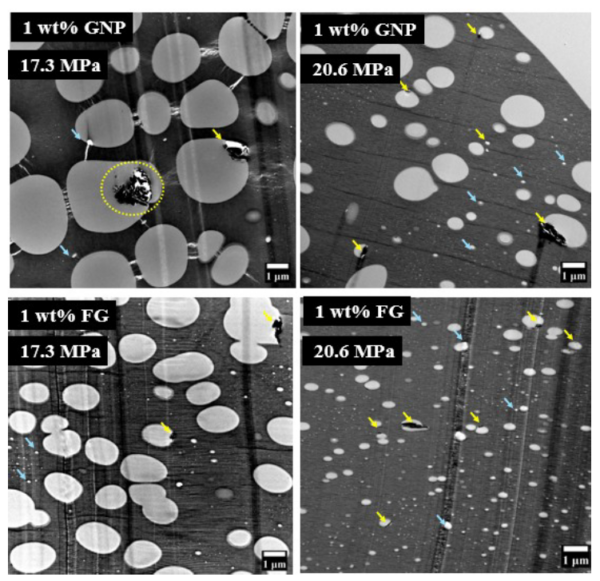Boosting Polystyrene Foam Performance with CO₂ and Carbon Additives

As demand for sustainable, high-performance insulation materials increases, researchers continue to explore innovative ways to enhance traditional polymers, such as polystyrene (PS).
At ANTEC® 2025, Apurv Gaidhani and his team presented a breakthrough study that demonstrates how combining supercritical CO₂ (sc-CO₂) with carbon additives—specifically graphene nanoplatelets (GNP) and flaked graphite (FG)—can significantly improve the mechanical properties and energy absorption of extruded PS foam.
You can also read: Colombia’s Push for Polystyrene Recycling at ANTEC® 2025.
Their findings offer a promising path toward producing more efficient, durable, and environmentally responsible materials for applications such as building insulation.
Supercritical CO₂ Meets Carbon Innovation
The study investigated the effects of sc-CO₂ pressure and carbon filler content on the morphology, mechanical strength, and energy absorption of PS foam.
To explore this, researchers prepared formulations with 1 wt% talc as a nucleating agent, combined with GNP or FG additives.
Moreover, they tested carbon additive concentrations ranging from 0.5 to 1.5 wt% to evaluate performance under different loading conditions.
Using extrusion foaming, they processed the materials under two different sc-CO₂ pressures—17.3 MPa and 20.6 MPa—to evaluate how pressure influences dispersion and foam structure. They analyzed the resulting foams using SEM for cell morphology, TEM for carbon dispersion, and compression testing to determine mechanical behavior and energy absorption at 50% strain.

Enhanced cell morphology for real-world applications.
TEM micrographs showing the dispersion of carbon and talc particles in the PS composite foam (Note: Carbon and talc particles are shown in yellow and blue
colors respectively.) Courtesy of The combined effect of supercritical CO2 and carbon additives on the mechanical performance of extruded polystyrene composite foam.
Smaller Cells, Stronger Foams
One of the most striking outcomes of the study was the impact of CO₂ pressure on cell morphology. At the higher pressure of 20.6 MPa, both GNP and FG dispersed more uniformly throughout the polymer matrix. This led to foams with smaller, more uniform cells and higher cell density—up to 1.5–2 times greater than at lower pressures.
Carbon additives acted as effective nucleating agents, promoting finer cell structures that enhanced the foam’s mechanical integrity. Notably, 0.75 wt% of either GNP or FG provided optimal results. Beyond this threshold, the benefits declined due to filler agglomeration, which disrupted uniformity and weakened the structure.
Compression Strength and Modulus See Major Gains
Mechanical testing revealed that the optimized foams offered significant improvements in compressive performance. At 0.75 wt% GNP and 20.6 MPa, the compressive modulus doubled, and the strength increased by 40% compared to the control foam. FG showed similar trends, although slightly less pronounced.
These enhancements result from improved filler dispersion, better cell structure, and synergy between CO₂ processing and carbon reinforcement. When carbon content exceeded 1 wt%, mechanical properties dropped, reinforcing the importance of precise formulation.

Apparent densities of PS composite foam with varying loading of carbon at two different sc-CO2 pressures. Courtesy of Courtesy of The combined effect of supercritical CO2 and carbon additives on the mechanical performance of extruded polystyrene composite foam- ANTEC® 2025
Enhanced Energy Absorption for Real-World Applications
The researchers also evaluated how the foams performed under strain energy absorption—a critical factor in insulation and impact-resistance applications. At higher CO₂ pressure, foams with 0.75 wt% GNP absorbed up to 60% more energy than their low-pressure counterparts.
These improvements make the material ideal for building insulation, protective packaging, and automotive components, where lightweight, impact-resistant materials are essential.
Visual Evidence: Carbon Dispersion
Transmission Electron Microscopy (TEM) images confirmed that GNP and FG dispersed more evenly at higher sc-CO₂ pressures. Well-dispersed carbon additives enhanced performance by promoting uniform stress distribution and minimizing weak points in the polymer structure.
The addition of talc further stabilized foam morphology, supporting the creation of consistent, high-quality foams.

TEM micrographs showing the dispersion of carbon and talc particles in the PS composite foam (Note: Carbon and talc particles are shown in yellow and blue colors respectively.) Courtesy of The combined effect of supercritical CO2 and carbon additives on the mechanical performance of extruded polystyrene composite foam- ANTEC® 2025.
A Pathway Toward Sustainable, High-Performance Foams
Gaidhani and his team demonstrated that supercritical CO₂ foaming, combined with carbon additives, enhances polystyrene’s mechanical and structural properties. Moreover, this method supports environmental goals by reducing impact while preserving or improving the functional performance of the material. Their findings promote the development of next-generation insulation materials through thoughtful design and efficient processing strategies. In addition, the research shows how optimized formulations can convert conventional plastics into stronger, more advanced composite materials. As industries demand greener and smarter solutions, innovations like this provide a clear and practical roadmap for sustainable material development.
